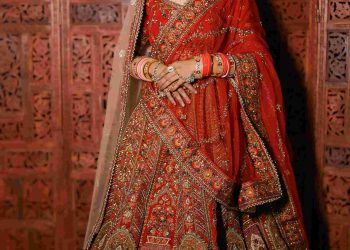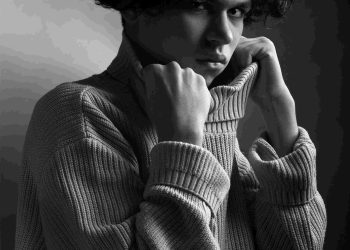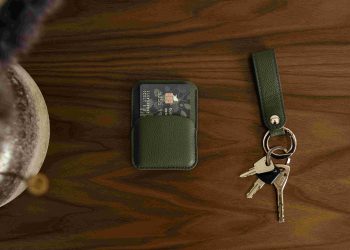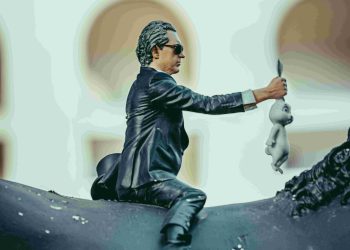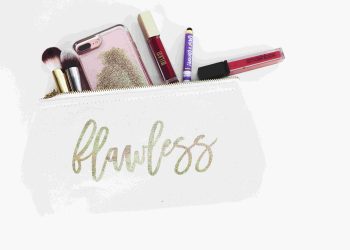Stylish Accessories for Everyday Use
Why settle for ordinary when you can make every day extraordinary? Accessories are not just add-ons; they’re statements, even philosophies, that define how you see yourself and how the world sees you. From the moment you step outside your door, your choice of accessories can either set the tone for a strong, confident day—or leave you blending into the background. Are you willing to take that gamble?
I used to believe that functional, understated choices were the way to go. A plain leather wallet, basic silver earrings, or an outdated watch—nothing too loud, nothing that might raise an eyebrow. And for years, that worked. But then, a personal epiphany changed everything. One summer, while traveling through Florence, I spotted an Italian craftsman showcasing vibrant, handmade scarves on a cobblestoned piazza. Eye-catching and intricate, they seemed to carry stories within every thread. I bought one on a whim. That scarf transformed my otherwise mundane wardrobe and, oddly enough, the way I carried myself.
Beyond Functionality: The Psychology of Accessorizing
Accessories are far more than objects; they are psychological tools. Studies in behavioral psychology reveal that what we wear significantly impacts our mood and confidence. Known as the ‘enclothed cognition’ phenomenon, the science suggests that even small accessory choices like wearing a sleek belt or designer glasses can alter perceptions—not just others’ views of us, but also how we perceive ourselves.
Think about it. When you pop on a bold pair of sunglasses, doesn’t it feel like slipping into an alternate persona? Accessories act as micro-statements. They scream individuality without uttering a word. This is particularly critical in a fast-evolving world where technology often overshadows human identity.
Challenging Minimalism: Is ‘Less’ Really More?
Minimalism as a lifestyle has gained traction, with phrases like ‘capsule wardrobe’ and ‘essentialism’ becoming mainstream. While decluttering your wardrobe sounds freeing, it runs the risk of turning personal style into a bland canvas. Here’s my argument: Why not engage in ‘curated maximalism’? This philosophy doesn’t mean acquiring more but instead focusing on unique, statement pieces that amplify, rather than dilute, your personality. Why wear a boring black scarf for efficiency when a handwoven, multi-colored extension of your personality is just as accessible?
Emerging Trends: The Future of Accessories

Technological and sustainable innovations are shaping a new era in accessorizing. From solar-powered smartwatches to vegan leather bags, brands are combining practicality with ethical responsibility. Predictive analytics suggest that within the next decade, accessories will become increasingly hybridized. Picture a bracelet that doubles as a health tracker, or a scarf embedded with micro-technology to regulate temperature on demand.
Moreover, customization will play a major role. Consumers will soon lean heavily into AI-assisted designs, allowing you to tailor accessories that precisely match your preferences and lifestyle. Imagine uploading your wardrobe palette into an AI system that spits out accessory suggestions in real-time.
Step-by-Step: How to Make Accessories Work for You
-
Define Your Style Anchor:
Choose one accessory—say, an elegant timepiece—to act as your wardrobe’s cornerstone. Build your outfits around it. -
Experiment:
Don’t fear bold experimentation. Swap out a neutral bag for a bold red clutch, or trade simple earrings for fringed statement drops. -
Invest Smartly:
Prioritize quality over quantity. A single handmade leather wallet will last years and speak volumes more than multiple mass-market products. -
Keep It Functional:
Dual-purpose accessories are invaluable. Think backpacks that double as stylish totes or waterproof hats with UV protection. -
Consult the Old Masters:
Draw inspiration from iconic figures like Coco Chanel, who stated, “Before you leave the house, look in the mirror and take one thing off.” Constraints can fuel creativity.
Style as a Daily Practice
Accessorizing, like any skill, requires practice. Think of it as a dialogue between art and practicality, between who you are and who you’re becoming. Fashion, at its essence, is storytelling. Each shoe, hat, or pendant tells a silent but visceral narrative about where you’re going and why you matter.
Philosopher Friedrich Nietzsche once wrote, “We should consider every day lost on which we have not danced at least once.” I dare to argue: every day not accessorized with intent is equally lost. Your choices today, even something as small as a cufflink, pave the path for whom you aspire to be tomorrow.


